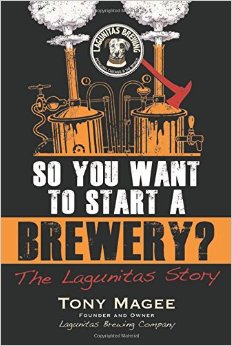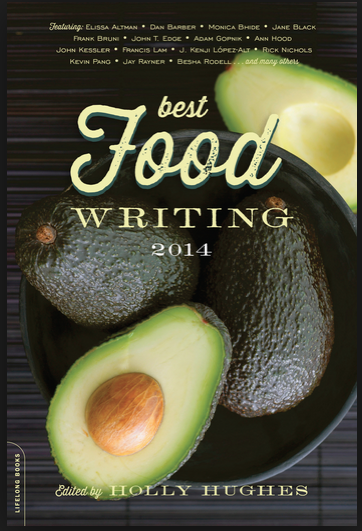
I am a big fan of the “Best of” [pick a year] series of books. Be it mystery, essay, sports or comics, I have read a bunch of them throughout the years. I could add a rant about the fact that there is no specific volume for drinks but you can’t have everything.
But this review is talking about the next closest thing, Food Writing. The parallels between food and beer are obvious. The trend to bigger flavors and smaller producers occurs in both so I eagerly dove into the Best Food Writing of 2014.
Almost right off the bat was a great piece from Kate Krader, Are Big Flavors Destroying the American Palate? You could easily substitute Sriaracha for hops other wild flavors for sour beers and the article would still hit home. Krader advocates forcefully for simpler eating while also reserving a place at the table for the spicy.
Dan Barber wrote about a remarkable carrot with a Brix rating of 16.9. Which makes for a tremendously sweet carrot. The tinkering with plant life reminded me of the cross-breeding of hops and the new varietals that spring up. The piece also was one of the few that really made me hungry and I am not a huge vegetable fan.
After that there were quite a few essays that just didn’t reach out to me from the pages. Nothing boring or off-putting but nothing that leapt from the pages. The book is laid out into categories such as “The Way We Eat Now”, “Personal Taste” and the chapter that broke the losing streak, “Extreme Eating”.
There was an excellent article about the final meals of death row inmates but maybe because I have been watching season 3 of Orange is the New Black, the essay by Kevin Pang, “Fixed Menu” about the food at the Westville Prison near Chicago drew me in and taught me at the same time.
My favorite writing was from former New York Times food writer, Frank Bruni. “Familiarity Breeds Content” housed my favorite quote in the book, “I was a paid philanderer. It was exhilarating. It was exhausting. And it wasn’t necessarily the best course” I was happy to see that the eternal struggle of the new, new versus the old familiar stand-by was not just a craft beer phenomenon. And like the article about big flavors, there seems to be a push for comforting foods and drinks. Not everything needs habanero added. A simple meal at a restaurant where the people know your name can be just as exciting.


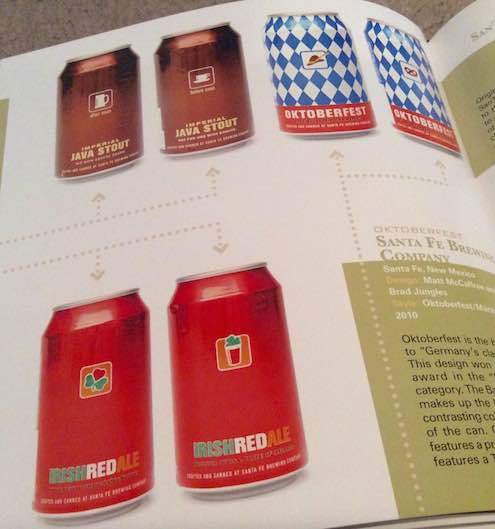

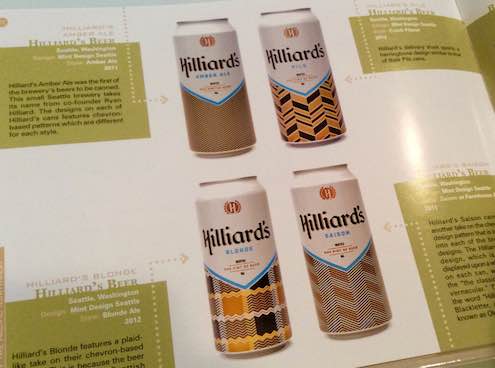



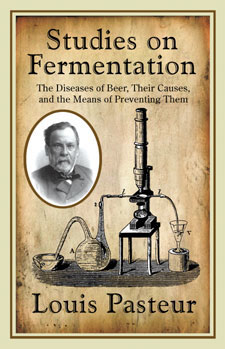

 A new beverage magazine is on the way!
A new beverage magazine is on the way! 
